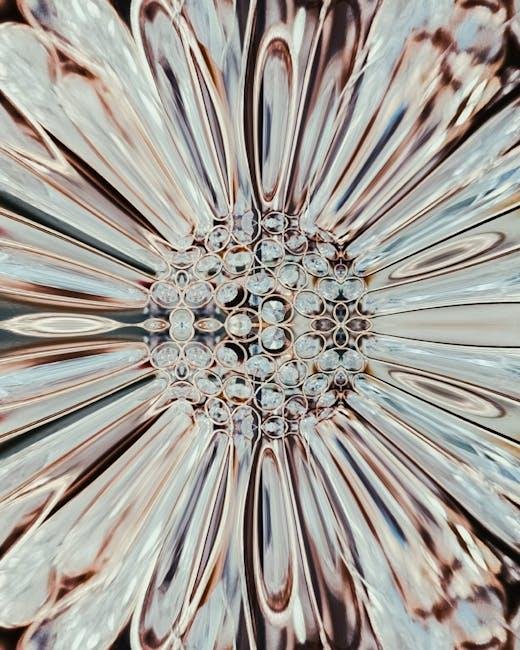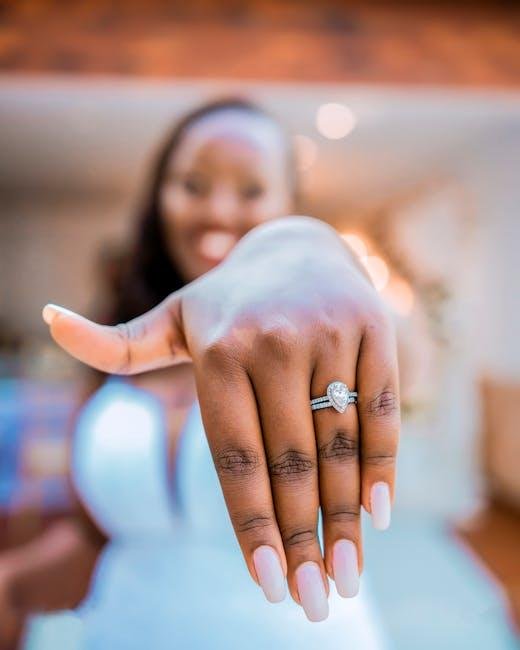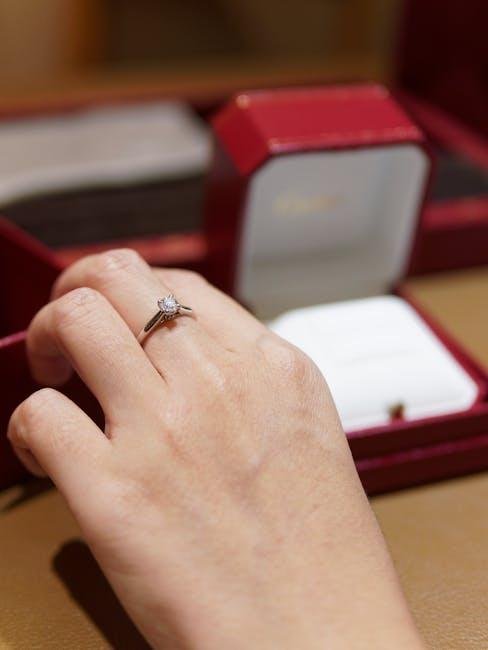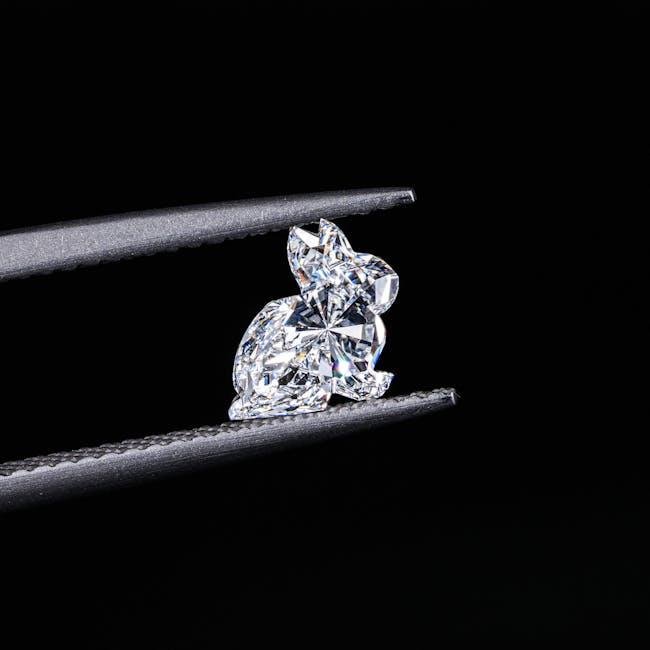Title: Diamond Grading Basics for New Collectors: A Journey into the Sparkling World of Gemstones
When it comes to the allure of diamonds, the shimmering facets and timeless elegance of these precious stones have captivated hearts and ignited passions for centuries. for new collectors stepping into this enchanting realm, understanding the fundamentals of diamond grading is essential. Navigating the intricate details that define a diamond’s value can seem overwhelming at first glance, yet it is a rewarding adventure worth embarking upon. In this article, we will unravel the key elements of diamond grading, breaking down the well-known “Four Cs” – cut, color, clarity, and carat weight – while also providing insights that will empower you to make informed decisions in your collecting journey. Whether you envision adorning your collection with stunning statement pieces or simply want to appreciate the beauty and intricacies of diamonds, our guide will illuminate the path ahead, transforming what may seem complex into a clear and enjoyable experience. Join us as we embark on this illuminating exploration of diamond grading basics, tailored especially for the budding collector.
Understanding the Four Cs of Diamonds
When venturing into the world of diamonds,understanding the Four Cs—Cut,Color,Clarity,and Carat Weight—is essential for making informed decisions. Each of these attributes plays a significant role in determining a diamond’s overall quality and value. The Cut describes how well the diamond has been shaped and faceted, affecting its brilliance and sparkle. A well-cut diamond reflects light beautifully, whereas a poorly cut one may appear dull. The Color refers to the absence of color in white diamonds, graded on a scale from D (colorless) to Z (light yellow). generally, the less color in a diamond, the higher its value.
Moving on to Clarity, this aspect evaluates the presence of internal or external imperfections, known as inclusions and blemishes, respectively.A diamond with fewer flaws is generally more desirable and valuable. Lastly, Carat Weight indicates the size of the diamond, with one carat equivalent to 0.2 grams. It’s crucial to note that larger diamonds are rarer and, thus, usually more expensive. Below is a simple table illustrating the four Cs and their meaning:
| Attribute | Definition | Importance |
|---|---|---|
| Cut | Quality of the diamond’s shape and facets | Influences the diamond’s brilliance |
| Color | Presence of color, ranging from colorless to yellow | Less color generally means higher value |
| Clarity | Presence of internal or external imperfections | Fewer flaws equal greater desirability |
| Carat Weight | Size of the diamond | Larger sizes are rarer and frequently enough more valuable |

Decoding clarity: What new Collectors Need to Know
when embarking on the journey of diamond collecting, understanding the basic principles of grading is crucial. Grading diamonds typically revolves around the 4 Cs: Carat, Cut, Color, and Clarity. Each of these attributes plays a pivotal role in determining a diamond’s overall value and aesthetic appeal. It’s essential for new collectors to familiarize themselves with how these factors interact. For example, a smaller diamond (lower carat) can be more valuable if it boasts an exceptional cut, exquisite color, or remarkable clarity. Additionally, being able to differentiate between a good grade and an excellent one can empower collectors to make informed purchasing decisions.
Moreover, clarity and cut should not be overlooked in a collector’s education. Clarity refers to the presence of internal features,known as inclusions,and external markings,known as blemishes. Generally, the fewer the imperfections, the greater the clarity grade, which can range from FL (Flawless) to I3 (Included). The cut is what determines how well the diamond reflects light, affecting its brilliance. Below is a simple table that summarizes the most common clarity grades:
| clarity Grade | Description |
|---|---|
| FL | Flawless – No inclusions visible under 10x magnification |
| VVS1 | Very Very Slightly Included – Minute inclusions that are difficult to detect |
| VS2 | Very Slightly Included – Inclusions are visible under 10x magnification but hidden to the naked eye |
| SI1 | Slightly Included – Inclusions visible to the naked eye or under magnification |
| I1 | Included – Inclusions are obvious and may affect clarity |

The Role of Cut in a Diamond’s brilliance
The cut of a diamond is fundamentally significant in determining its brilliance and overall aesthetic appeal. Unlike color or clarity, which primarily reflect the diamond’s inherent properties, the cut is a result of the artisan’s skill in shaping and faceting the stone. An expertly cut diamond enables light to enter through its surface and reflect internally,creating that captivating sparkle that mesmerizes observers. Characteristics of an exceptional cut include:
- Proportions: The angles and dimensions must be meticulously measured to maximize light performance.
- Symmetry: The precision of each facet aligns perfectly to direct light optimally.
- Finish: A well-polished surface helps in enhancing the jewel’s brilliance.
When assessing a diamond’s cut, collectors frequently enough rely on the grading scale created by the Gemological Institute of America (GIA).This scale ranges from Excellent to Poor, offering a clear benchmark for quality. A diamond with an Excellent cut will display superior light performance, while one graded as Fair may appear dull and lackluster. Here’s a simple overview of the cut grades:
| Cut Grade | Description |
|---|---|
| Excellent | Maximum brilliance and sparkle; ideal proportions. |
| Very Good | Highly reflective; minor imperfections. |
| Good | Moderate sparkle; some light leakage. |
| Fair | Less brilliance; noticeable light leakage. |
| Poor | Dull appearance; lacks luster. |

Choosing the Right Certification: A Guide for Beginners
For new collectors venturing into the world of diamond grading, choosing the right certification is crucial to ensuring the quality and authenticity of your stones. Various gemological laboratories offer certifications, each with its own standards and reputation. When selecting a certification, consider factors such as industry recognition, grading methods, and transparency of information. A reputable lab’s report will provide a detailed analysis of the diamond’s characteristics, which helps collectors make informed decisions.
While exploring your options,it’s essential to familiarize yourself with the most widely recognized certifications in the market. Below are some notable laboratories you should consider:
| certification lab | Highlights |
|---|---|
| GIA | Gold standard in diamond grading |
| IGI | Popular for wide market acceptance |
| AGS | Focus on cut quality and performance |
| CGL | canadian-focused with reliable reports |
Before making your purchase, request to see the certification and verify its details. A thorough look at the report will not only guide you in understanding the diamond’s value but also build your confidence as a collector. Remember, investing in certified diamonds will ultimately protect your investment and enhance your collecting experience.
To conclude
As you embark on your journey into the captivating world of diamond collecting, understanding the fundamentals of diamond grading will empower you to make informed choices. each facet of a diamond tells a story,and with the right knowledge,you can appreciate the nuances that make each stone unique. Remember, whether you’re captivated by the brilliance of a well-cut gem or drawn to the allure of its rarity, the joy of collecting lies not just in the acquisition but in the knowledge you gain along the way.
Armed with the basics of carat, cut, color, and clarity, you are now ready to dive deeper into this glittering universe. Continue to explore, ask questions, and most importantly, enjoy the process of building your collection. The world of diamonds is vast and endlessly captivating, and each new piece brings with it the potential for discovery and delight. Happy collecting!
